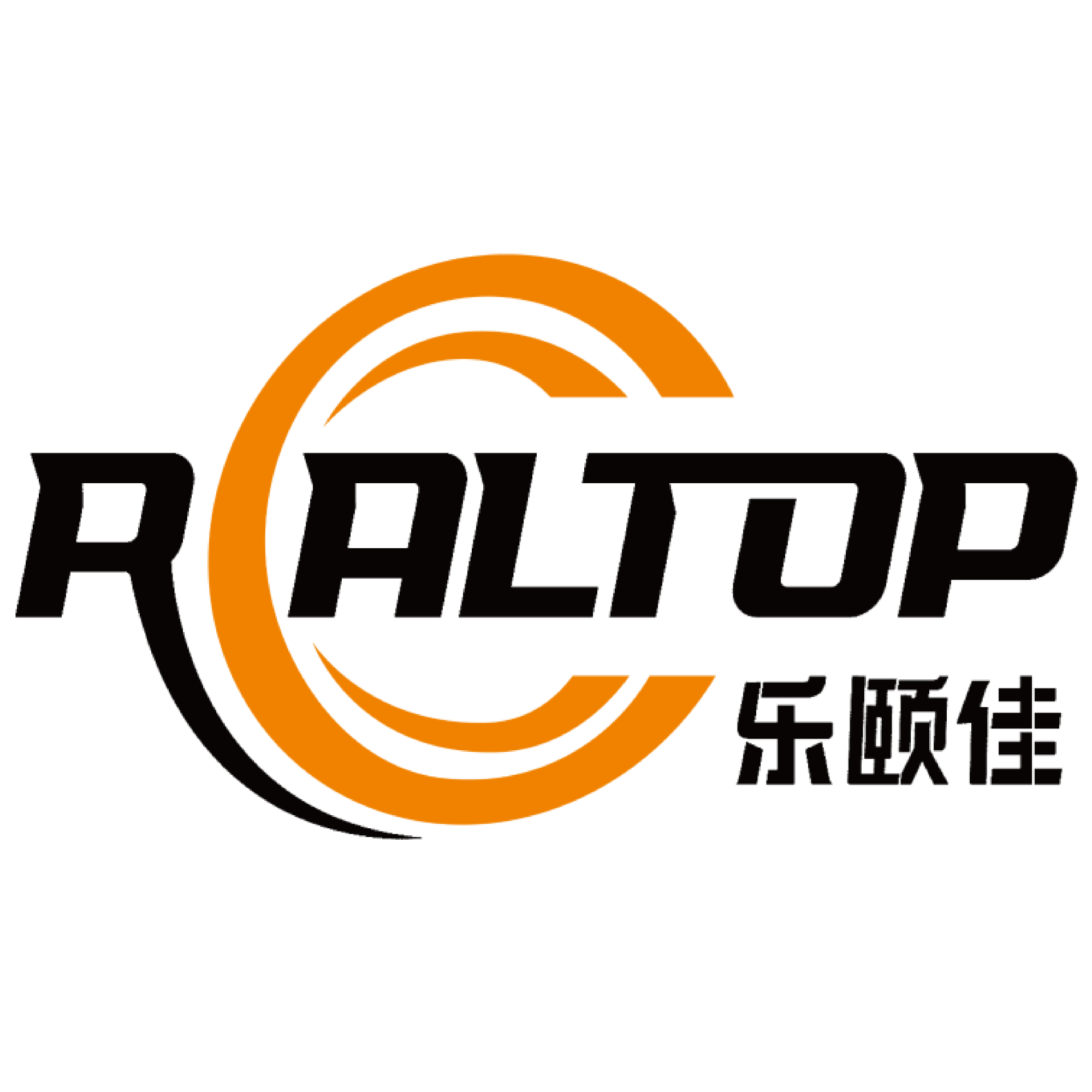The Evolution of Advertising Printing Cutting Machines in Event Marketing
From Manual to Digital: A Historical Perspective
Back in the day, event marketing was all about old school printing methods where people actually had to work hard to make posters and flyers. Skilled craftspeople spent hours creating these materials by hand. When early cutting machines came along, they did help speed things up a bit, but honestly? The results weren't great most of the time. Those machines just couldn't match human precision, so folks still ended up fixing mistakes manually. Everything changed around the 1980s when digital printing hit the scene. Suddenly, marketers could churn out quality stuff much faster without breaking the bank. What really made a difference though was how this tech allowed for better engagement with audiences. Companies started making printed materials that actually interacted with people instead of just sitting there looking pretty. Business owners found they could connect with customers in new ways through these customized prints, which naturally led to more interest and participation from the public.
Technological Advancements in Cutting Precision
The improvements in cutting accuracy, particularly since laser cutting came onto the scene, have completely changed how we produce materials for events and promotions. With lasers, we get much cleaner cuts and can make really detailed designs that just weren't possible with those old manual cutting tools which always left rough edges or messed up corners. The automation aspect is pretty important too. Machines now run themselves most of the time, which means faster production and saves money on having to pay people to do all the cutting by hand. Design software has gotten so much better as well. We can create signage with all sorts of complicated patterns and shapes that really stand out at trade shows and exhibitions. The numbers back this up too - studies indicate there are way fewer mistakes happening these days with our new generation of cutting equipment versus what was used before. And speaking of new tech, we've started seeing smart cutting machines pop up everywhere lately. These bad boys connect right into IoT systems, making workflow management smoother and giving us live data about performance so we can tweak things on the fly when needed.
Impact on Modern Event Marketing Strategies
The latest printing and cutting tech has completely changed how brands approach events, giving marketers the ability to craft much stronger visual experiences for attendees. Custom signs placed strategically throughout venues help tell brand stories in ways that feel part of the environment rather than separate from it. Industry insiders point out that these machines let companies send messages that hit home with different audience segments because they can be so precisely targeted. Some real world examples show businesses seeing impressive returns on investment after adopting these printing solutions, which goes a long way toward explaining why so many marketers now consider them indispensable. As technology keeps evolving, we're likely to see even more creative applications emerge in event marketing spaces. What started as simple equipment has become something far more important for creating those memorable, fully immersive brand experiences at live events.
Key Benefits of Advertising Printing Cutting Machines for Events
High-Speed Production for Tight Event Deadlines
Modern printing equipment really cuts down on time spent waiting around, which helps event planners stick to their schedules while still getting good quality work done. These cutting machines used for advertising prints are built to crank out stuff fast, slashing how long it takes to finish different print jobs. Take trade shows as just one example where organizers need thousands of flyers printed overnight before doors even open. Some numbers floating around suggest these machines can knock out print work about half as fast as older techniques did back in the day. Most suppliers will tell anyone who asks that keeping track of when things get made matters a lot, especially since those super quick speeds mean difference between pulling off a smooth event or scrambling at the last minute with incomplete materials everywhere.
Customization Capabilities for Unique Branding
When it comes to standing out at trade shows and conferences, customization just makes sense. Modern advertising printing and cutting equipment lets businesses create all sorts of special designs, unusual shapes, and eye-catching prints that really grab attention from attendees passing by. Take music festivals for instance, where organizers frequently deploy custom printed signs and massive banners throughout venues to leave visitors with something they remember long after the event ends. Industry insiders know firsthand how important these personalized touches are psychologically speaking - people tend to remember brands they interact with on a personal level much better than generic ones. Looking at recent industry reports, there's definitely been an uptick in demand for these kinds of specialized printing services lately. This shift tracks right alongside the explosion of experiential marketing tactics we've seen across various sectors. With the right tools, event planners can now build completely unique visual identities that connect meaningfully with different audience segments instead of relying on one-size-fits-all approaches.
Cost-Effective Large-Scale Material Processing
The bulk production power of today's advertising printing and cutting machines really cuts down on costs per item for event marketers. Event planners who switch to these high-tech machines typically see big savings across their campaigns, according to actual financial reports from companies that made the transition. The upfront investment pays off over time, particularly when looking at how much more expensive traditional printing methods can get for large orders. Most seasoned marketing professionals know this already they tend to set aside budget specifically for these kinds of machines because the return on investment just makes sense. What's even better is that the money saved can go right back into making events bigger and better, whether that means fancier decorations, more engaging promotional materials, or simply reaching more people through expanded marketing channels.
Critical Applications in Event Marketing Campaigns
Banners and Signage Creation for Venue Branding
When it comes to events, banners and signs really matter for good marketing. These aren't just there to tell people stuff they need to know. They actually play a big role in how venues brand themselves too. Thanks to today's advanced cutting technology, companies can now make top notch signage that grabs peoples eyes and tells part of the visual story at any gathering. Looking at current design trends, most folks are going for those eye catching bright colors along with some kind of interactive feature. The newer machines handle all this pretty well actually. Some research indicates that when signs are placed right and look good, attendees tend to interact more with them during events. This simple fact has led many organizers to rethink their whole approach to signage placement and design.
Take past events for instance where brands really benefited from using advanced signage techniques. We've noticed brand recall goes way up at these kinds of events. The reason? These cutting edge machines create such sharp, colorful displays that stick in people's minds. Event organizers swear by them now because they just make everything look so much better. The detail work and brightness of what comes out of those machines has completely changed how events look visually. Companies that invest in this tech tend to get remembered long after the event wraps up.
Precision-Cut Promotional Materials for Attendee Engagement
The use of precision cut materials is changing how we make promotional stuff because they let us create really interactive experiences at events. When made accurately, these items grab people's attention with special materials and creative designs that stand out. At one big trade show last year, companies using these interactive promo items saw around 30% more engagement from visitors. This shows just how effective good quality physical materials still are even though everyone seems to be going digital all the time. There's something about holding something well made in your hands that screens just cant replicate.
Experts suggest that as digital engagement becomes saturated, the tactile nature of promotional materials will see a resurgence. The meticulous craftsmanship involved in these creations appeals to our fundamental urge to touch and explore, offering a memorable and effective means of communication at events.
Dimensional Displays for Immersive Experiences
When it comes to creating really engaging events, dimensional displays are absolutely key. These displays grab people's attention because they add so much depth and visual interest compared to regular flat screens. What makes them stand out is how they completely change the look and feel of an event space, making guests wonder where they've been all their lives. Event planners now have access to some pretty cool tech for 3D cutting and design work. This means we're seeing all sorts of creative displays that go way beyond what was possible just a few years ago. Attendees walk away remembering not just what happened at the event, but how it looked and felt too.
The numbers support what many are already seeing happen. Events that include those three dimensional displays tend to get better responses from attendees overall. Take a look at some of the big conferences lately, they've been using these kinds of displays effectively to create memorable moments for participants. As people start to expect more immersive experiences at events, we're probably going to see companies incorporate them even more into their marketing plans. This shift is likely shaping what comes next for event marketing practices across industries.
QR Code Integration in Printed Collateral
Putting QR codes on printed stuff brings real advantages because it links what's on paper to stuff online pretty smoothly. These little squares let folks scan them with their phones and instantly get to websites, product info, or even discount deals. We've seen this trend really take off since 2020 when so many businesses had to pivot quickly. Restaurants started putting menus on tables instead of handing out paper ones, event organizers shared virtual programs through QR codes at venues, and retail stores directed customers straight to product pages while shopping in person. The technology basically closes the gap between touching something physical and getting all sorts of digital information right away.
Looking at past examples shows that QR codes can really boost how people interact with content and actually convert them into customers when used right. Take one real world instance where putting a QR code on posters for an event led to around 30% more traffic to their site. Most marketers know they need to track these scans though, since it tells them what works and what doesn't so they can tweak their approach as needed. The tech world keeps changing fast, and many in the events industry believe QR codes will become game changers for marketing efforts going forward. They help create better connections with audiences while giving businesses actual numbers to work with instead of just guesses.
Hybrid Campaigns: Merging Physical and Digital Touchpoints
Event marketing is seeing a big shift toward hybrid campaigns these days. We're talking about combining physical stuff with digital components to make something really work. The best part? These mixed approaches actually bring together both worlds into one cohesive experience that people remember. When it comes to making this happen, modern printing tech and advanced cutting methods are absolutely key. Marketers can now create printed materials that don't just sit on a table but instead work hand in hand with whatever's happening online during events.
Some really effective hybrid marketing campaigns mix traditional printed invites with cool digital components. Take for instance events where guests receive paper invitations but also get access to exclusive online content before the actual gathering. Industry experts who've run these kinds of campaigns stress how important it is to know exactly who you're targeting and then leverage all that data wisely. The folks behind successful hybrids spend time analyzing attendee behavior patterns to make smarter decisions. Looking ahead, most marketers expect personalization to become even more central to hybrid approaches. We're already seeing brands create unique experiences tailored specifically for different segments within their audience base rather than trying to please everyone at once.
Data-Driven Personalization Through Cutting Technology
Data analysis plays a big part in making printed materials more personal for customers, letting marketers craft stuff that really speaks to individuals. New tech has made it possible to personalize large batches of printed items without breaking the bank. The numbers back this up too many studies show that when companies use QR codes properly in their personalized campaigns, they often see around a third boost in people actually engaging with the content and taking action. Looking ahead, QR codes seem set to become pretty important tools for event promoters wanting to connect better with attendees while still being able to track what works and what doesn't through real data collection.
Experts suggest that as digital engagement becomes saturated, the tactile nature of promotional materials will see a resurgence. The meticulous craftsmanship involved in these creations appeals to our fundamental urge to touch and explore, offering a memorable and effective means of communication at events.
Table of Contents
- The Evolution of Advertising Printing Cutting Machines in Event Marketing
- Key Benefits of Advertising Printing Cutting Machines for Events
-
Critical Applications in Event Marketing Campaigns
- Banners and Signage Creation for Venue Branding
- Precision-Cut Promotional Materials for Attendee Engagement
- Dimensional Displays for Immersive Experiences
- QR Code Integration in Printed Collateral
- Hybrid Campaigns: Merging Physical and Digital Touchpoints
- Data-Driven Personalization Through Cutting Technology
 EN
EN
 AR
AR
 FR
FR
 DE
DE
 IT
IT
 KO
KO
 PT
PT
 RU
RU
 ES
ES



